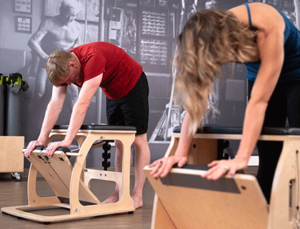
- raetinn@gmail.com
CE safety certification, the choice of 3000+ studios
CE safety certification, the choice of 3000+ studios

Pilates, a discipline renowned for its benefits in core strength, flexibility, and overall fitness, has seen a significant rise in popularity. Whether you’re aiming to start a professional Pilates studio or set up a home gym, understanding the essential equipment and considerations is crucial. This guide will explore the necessary Pilates equipment, tips for setting up a home Pilates studio, and insights into the profitability of owning a Pilates studio.
When starting a Pilates studio, the right equipment is vital for providing a comprehensive workout experience. Here is a breakdown of the essential Pilates equipment:
Reformers: The cornerstone of any Pilates studio. Reformers are versatile and provide a full-body workout.
Options include:
At Home Reformers: These are compact and foldable, perfect for home use.
Professional Reformers: Designed for studio use with higher durability and additional features.
Wood Reformers: Such as the Pilates Physio Wood Reformer, known for their aesthetic appeal and high strength.
Aluminum Alloy Reformers: Classic models like the Classic Aluminum Reformer, offering durability and a sleek design.
Reformers with Tower: Include additional apparatus for more varied exercises.
V2 MAX Reformer: A high-end model offering extensive functionality for both home and professional settings.
Reformer Box: Adds versatility to the reformer, allowing for more exercises and modifications.

Maple Core Training Bed: Known for its durability and smooth surface.
Rubber Wood Core Training Bed: Offers a sturdy and eco-friendly option.
Aluminum Alloy Small White Bed: Lightweight yet strong, suitable for both home and studio use.
Full Slide Track Small White Bed: Provides smooth, uninterrupted movement for a better workout experience.
Additional Equipment: To enhance Pilates workouts at home or in a studio, consider adding:
Pilates Chairs: For targeted lower body and core exercises.
Pilates Mats: High-quality mats are essential for floor exercises.
Pilates Rings: Useful for adding resistance and variety to workouts.
Setting Up a Home Pilates Studio
Creating a Pilates studio at home can be an efficient way to maintain fitness without the need for a gym membership. Here are some steps to set up a home Pilates studio:
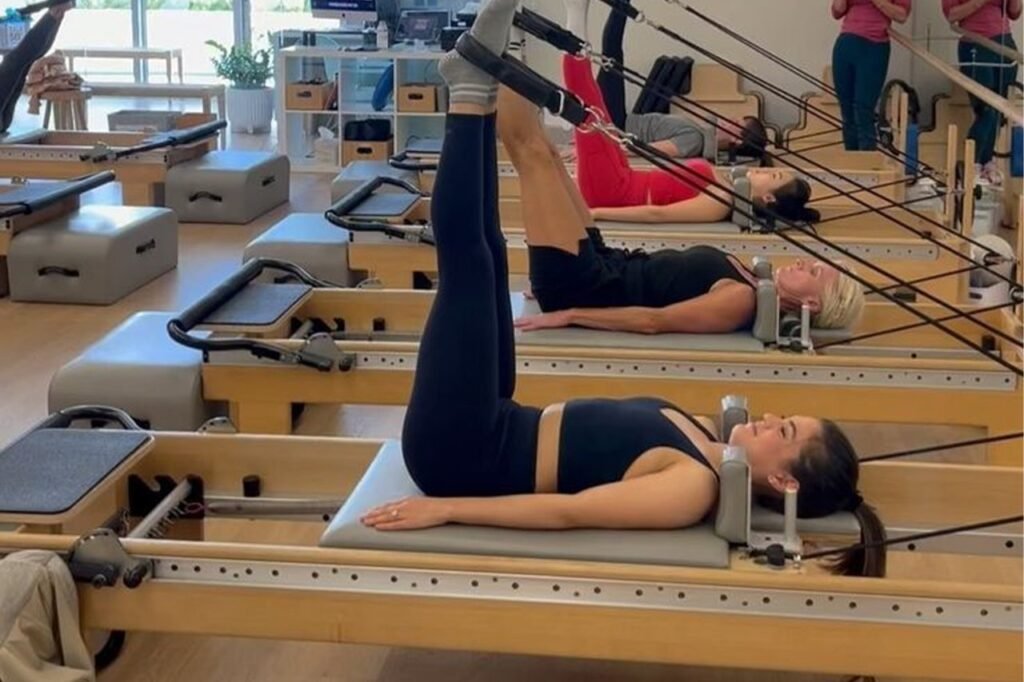
Choose the Right Space: Ensure you have enough space to move freely. A spare room, basement, or even a corner of your living room can work.
Invest in Quality Equipment: For home use, foldable reformers and compact equipment are ideal. At Home Reformers, such as the V2 MAX Reformer, are perfect due to their portability and high functionality.
Consider Flooring: Install non-slip flooring or use high-quality Pilates mats to prevent injuries and provide a stable workout surface.
Create an Inviting Atmosphere: Add mirrors, good lighting, and calming decor to make the space inviting and conducive to regular workouts.
The profitability of a Pilates studio depends on several factors, including location, client base, and business model. Here are some considerations:
Initial Investment: Setting up a studio requires a significant initial investment in equipment, space, and marketing.
Client Base: Building a loyal client base is crucial. Offering quality classes, personalized attention, and creating a community can help retain clients.
Pricing Strategy: Competitive pricing, package deals, and memberships can attract more clients and ensure a steady income stream.
Additional Services: Offering complementary services such as physiotherapy, massage, or fitness coaching can increase profitability.

Starting a Pilates studio, whether at home or as a professional business, involves careful planning and investment in the right equipment. From versatile reformers like the Pilates Aluminium Reformer to foldable options for home gyms, there are numerous choices to suit different needs and budgets. While the initial setup can be costly, the long-term benefits of owning a Pilates studio, both in terms of personal fitness and potential profitability, are substantial. By creating a welcoming space and providing high-quality equipment and services, you can build a successful Pilates practice that promotes health and wellness.
This comprehensive guide should provide you with the necessary information to start your Pilates journey, whether you’re setting up a home gym or opening a professional studio.

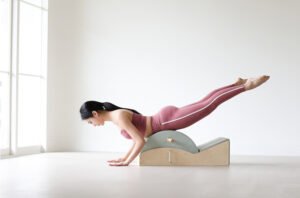
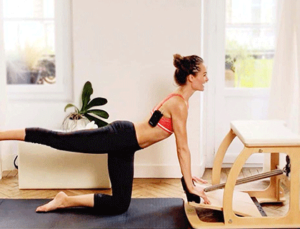

To customize your Pilates equipment and get a collection of design renderings for free!

To customize your Pilates equipment and get a collection of design renderings for free!